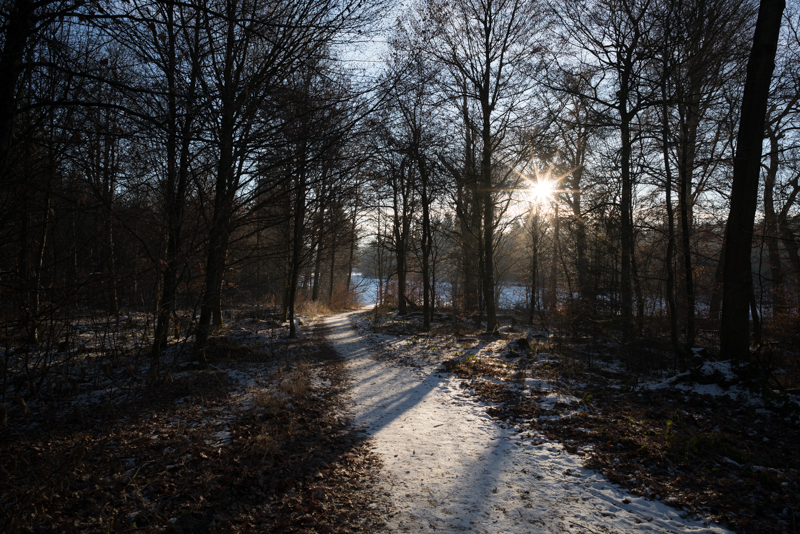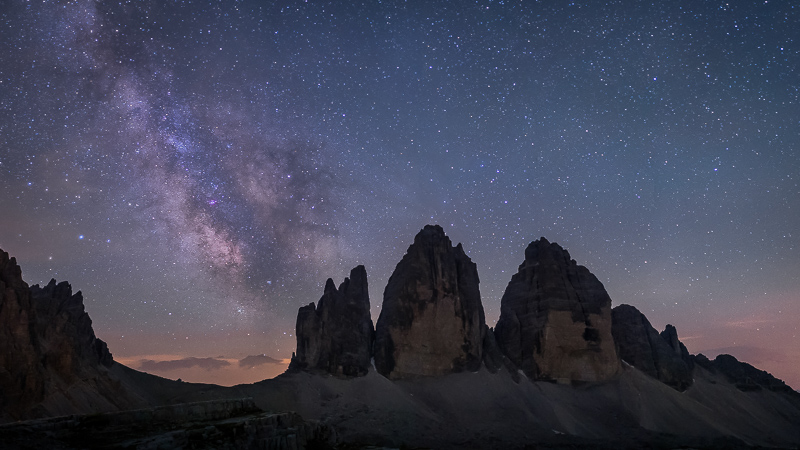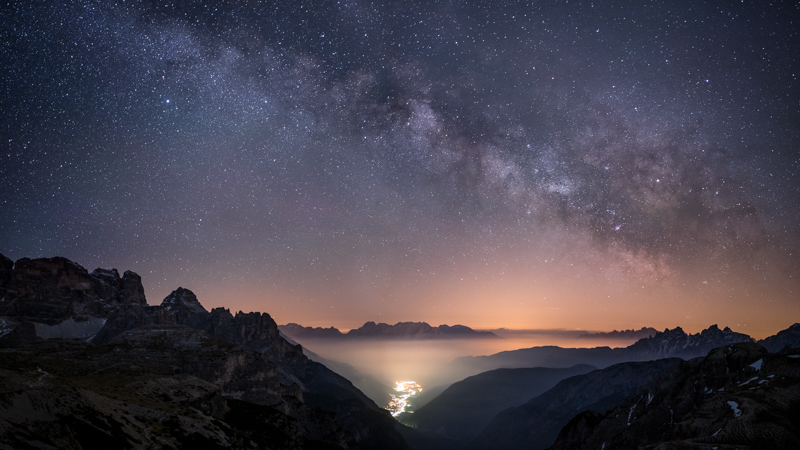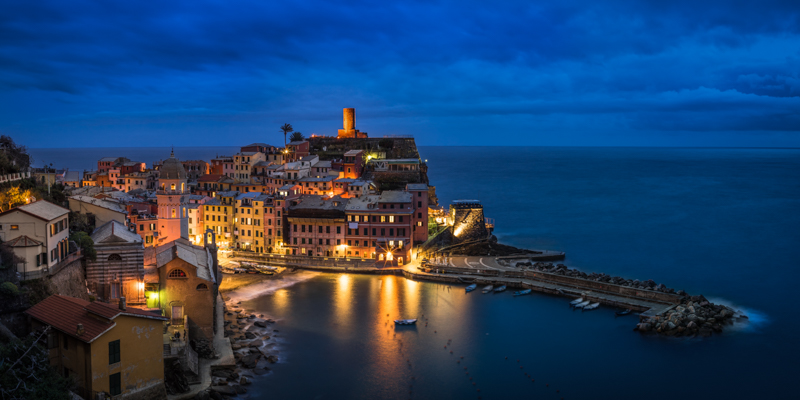The idea
We would like to make a little experiment: You can send us a raw file and then some of us will process it, show our settings, discuss our approach and maybe compare our results.
The idea is that you can compare our results to your own processing and maybe improve on it. At the same time we can compare our results and learn something as well. So everybody benefits 🙂
How to get an image to us
The easiest way would be to leave a comment with a link to the raw file. But you can also send an E-Mail to xxxx.



